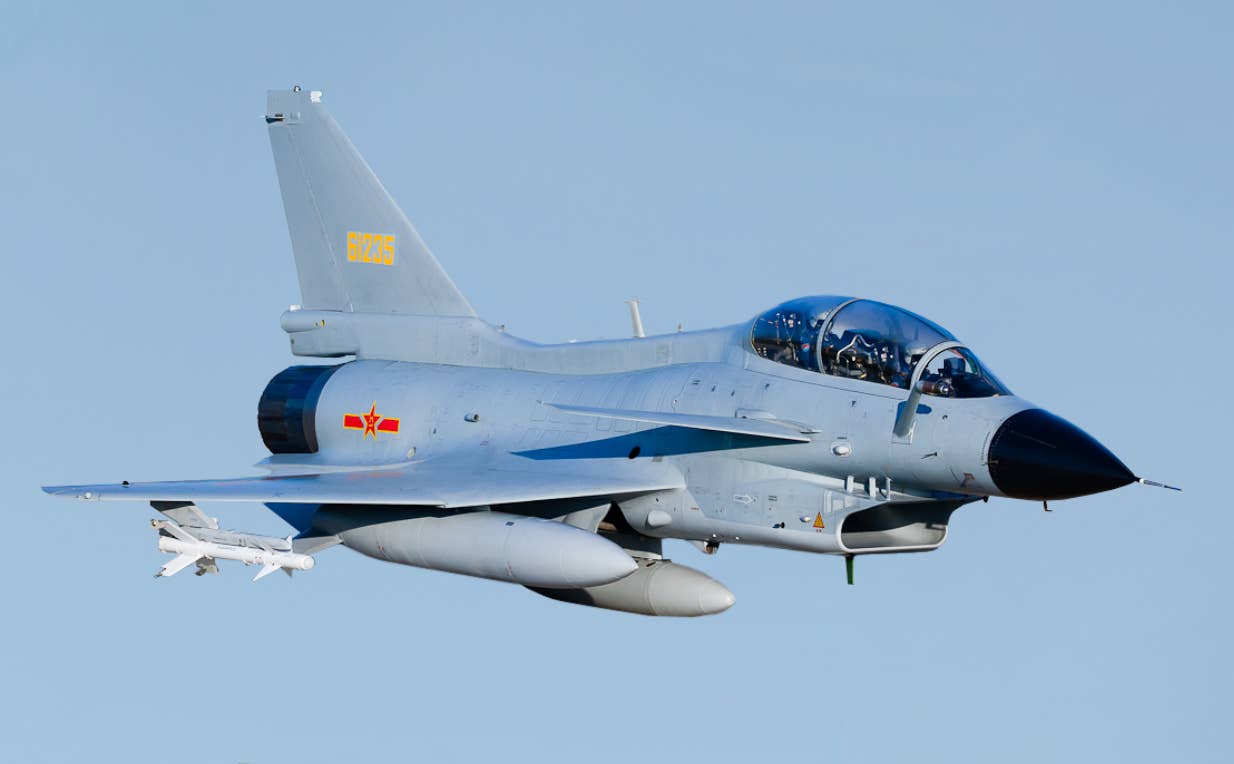
Aviation News‘Flying Palace’ Luxurious But Not Opulent
Photos of the interior of the plane that might become Air Force One have been published by Aerotime.
Russ Niles
Photos of the interior of the plane that might become Air Force One have been published by Aerotime.
Russ Niles
Reports suggest the Chengdu J-10C shot down several Rafales over Kashmir.
Russ Niles
New fiber-optic lines and major flight reductions targeted.
Russ Niles